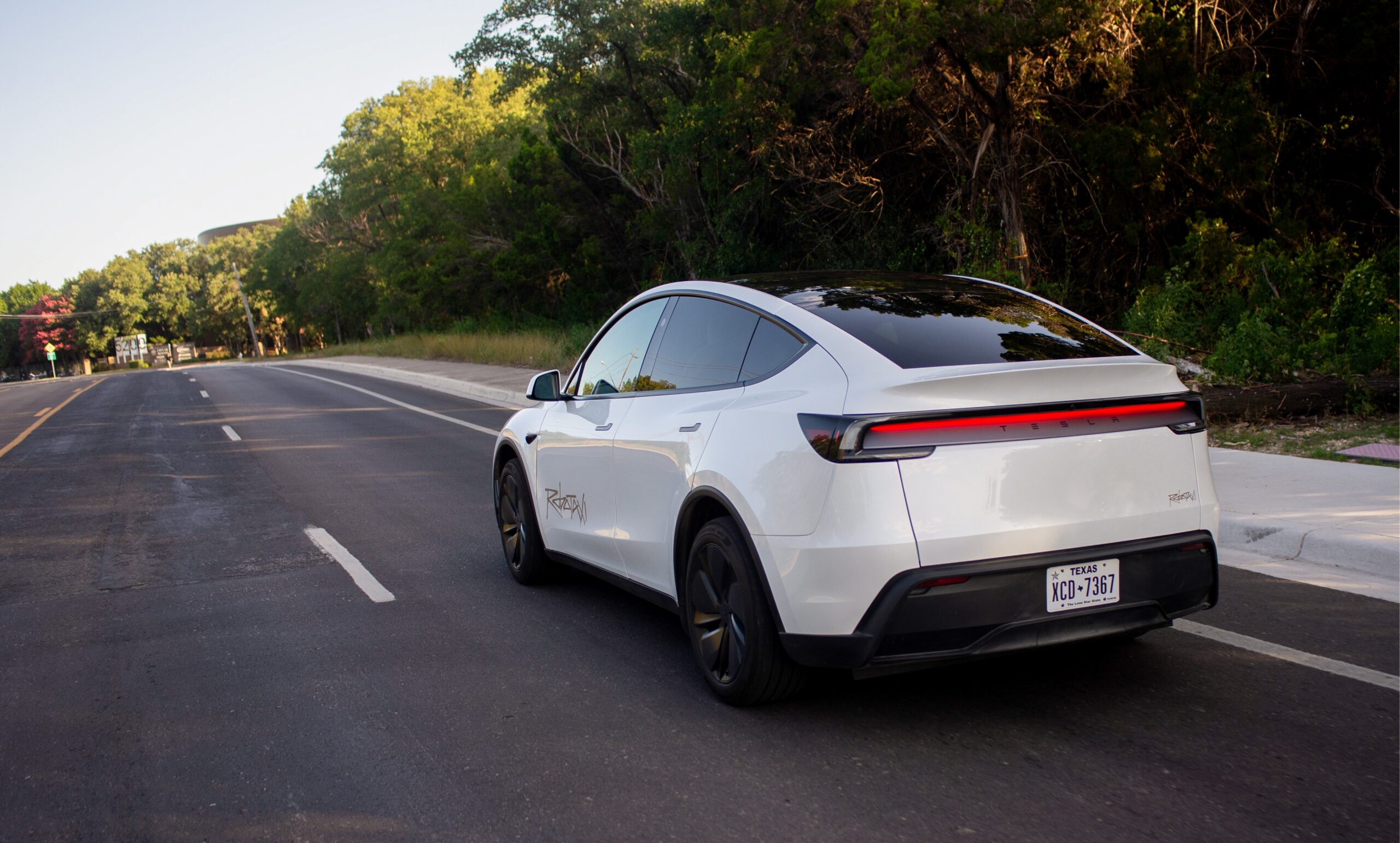Introduction
The dawn of autonomous driving has arrived, with Tesla’s Robotaxi making headlines as it hits the roads. However, this groundbreaking technology has not been without its share of hiccups. From unexpected stops to misinterpreted traffic signals, the Tesla Robotaxi’s early performance has raised eyebrows. In this article, we explore the various gaffes and goofs by Tesla’s driverless vehicles and what they mean for the future of autonomous transportation.
Early Days of Tesla Robotaxi
In recent months, Tesla has rolled out its Robotaxi fleet in select areas, showcasing its commitment to revolutionizing urban mobility. The excitement surrounding its launch was palpable, but it quickly became evident that the technology was still in its developmental stages. Here are some of the notable incidents:
- Unexpected Stops: Several Tesla Robotaxis have come to abrupt halts in the middle of intersections, much to the surprise of passengers and other drivers alike. These incidents have raised safety concerns and prompted discussions about the reliability of the software.
- Misreading Traffic Signals: In some cases, the Robotaxi has been reported to misinterpret traffic signals, leading to confusion and erratic driving behavior. For instance, there have been reports of vehicles failing to recognize red lights, which could potentially endanger pedestrians and other road users.
- Navigation Errors: Users have experienced issues with navigation, where the Robotaxi has taken incorrect routes, sometimes leading to considerable delays. This has led to frustrations among passengers who expected a seamless ride.
- Passenger Reactions: The reactions of passengers riding the Robotaxi have varied from excitement to anxiety. Some have expressed their astonishment at the technology, while others have voiced concerns about safety, especially during unexpected maneuvers.
Technical Challenges
While the concept of a fully autonomous taxi service is groundbreaking, the technology underpinning it faces several technical challenges. Tesla’s approach relies heavily on artificial intelligence and machine learning, which require vast amounts of data to improve performance.
Some of the key technical challenges include:
- Machine Learning Limitations: The AI systems must continuously learn from real-world scenarios. Early interactions on the road can lead to unpredictable behavior, as the system may not yet have encountered specific situations.
- Sensor Limitations: The effectiveness of the Robotaxi’s sensors and cameras can be hindered by poor weather conditions, such as heavy rain or fog. This could impact the vehicle’s ability to navigate safely.
- Regulatory Hurdles: Besides technical challenges, Tesla faces regulatory scrutiny regarding the safety of autonomous vehicles. Each incident raises questions about whether the technology is ready for widespread adoption.
Public Perception and Future Implications
The public’s perception of Tesla Robotaxi is mixed. While many are optimistic about the potential of autonomous driving to reduce accidents and improve traffic flow, the early gaffes have led to skepticism.
Experts suggest that transparency is key for Tesla as it navigates these early challenges. Regular updates about safety improvements and incident reports can help build trust with consumers and regulators.
Conclusion
The Tesla Robotaxi has opened a new chapter in transportation, showcasing both the potential and the challenges of autonomous driving. While the initial gaffes may be concerning, they also highlight the learning curve associated with such advanced technology. As Tesla continues to refine its systems, the hope is that these early missteps will pave the way for a safer and more reliable autonomous future.

